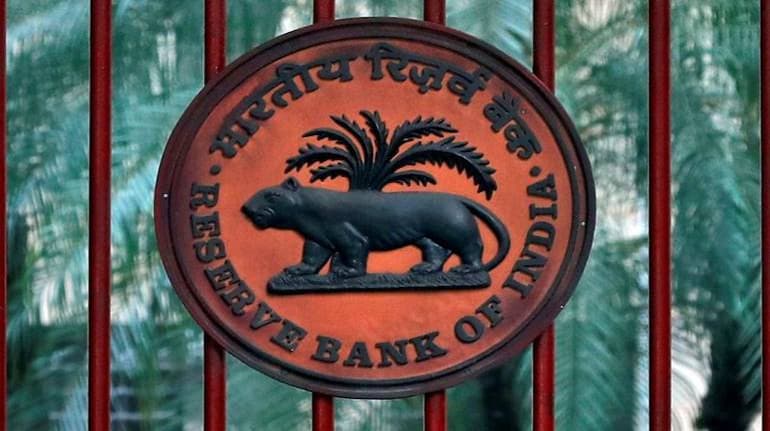



The liquidity deficit in the banking system rose to a five-year high on November 22 after heavy outflows on account of goods and services tax (GST) and weekly bond auctions, experts said.
According to the Reserve Bank of India’s (RBI) data, liquidity in the banking system stood at a deficit of around Rs 1.74 lakh crore compared to a deficit of Rs 1.05 lakh crore on the previous day.
“Frictional liquidity is oscillating from small surplus to a deficit of as high as Rs 2 lakh crore during the month in tune due to tax outflows around 21st of every month,” said V Ramachandra Reddy DGM - Head Treasury, The Karur Vysya Bank.
Bloomberg data showed that the liquidity deficit is the highest since December 2018.
A Kotak Mahindra Bank report dated November 20 said that there is an expectation of Rs 1.5 lakh crore of outflows on account of GST and Rs 65,000 crore due to auctions.
Also read: Thanks to SEBI, markets are safe: Motilal Oswal’s Raamdeo Agrawal lauds digital control
In the last few months, liquidity in the banking system remained tight, especially after the central bank introduced Incremental Cash Reserve Ratio (I-CRR), which pulled out around Rs 1 lakh crore from the system.
Before this, liquidity remained in the surplus and the central bank made various efforts to reduce this surplus. But the temporary measures did not help much and hence it announced I-CRRR.
The main aim of the I-CRR was to remove excess surplus liquidity caused by the withdrawal of Rs 2,000-denomination currency notes from circulation.
On August 10, the central bank said that with effect from the fortnight beginning August 12, scheduled banks would have to maintain an I-CRR of 10 percent of the increase in their net demand and time liabilities (NDTL) between May 19 and July 28.
Soon after this, the RBI after conducting the review, decided to discontinue the I-CRR in a phased manner and said that 25 percent of the funds maintained under the I-CRR would be released on September 9 and 25 percent on September 23. The remaining 50 percent, it said, would be released on October 7.
Reddy further said RBI complemented the rate hikes by tightening liquidity through various tools bringing the liquidity from an ultra surplus situation in the post-Covid period to a deficit now to contain inflation while protecting growth.
Expected outflowsAccording to a Kotak Mahindra Bank report, during the week (November 18-24) the outflows are expected at Rs 2.06 lakh crore, while on the other hand, there were inflows of Rs 1.6 lakh crore.
On the inflows front, there were coupon inflows worth Rs 13,900 crore and government spending of Rs 50,000 crore, the report added.
Further, the combined action of the redemption of treasury bills, state government securities and government securities valued inflows at Rs 93,400 crore. Whereas outflows of the auction are expected to be at Rs 65,600 crore while outgo on account of GST is expected at Rs 1.5 lakh crore, the report said.
Last month, Moneycontrol reported that the money at Call and Short notice of all scheduled banks rose sharply on a yearly basis in October after liquidity turned tight, according to RBI data.
Also read: NBFCs likely to see 14-17% growth in assets in FY 24-25, says Crisil rating
The data showed that money at Call and Short notice at all scheduled banks stood at Rs 45,027.42 crore as of October 6, 2023, compared to Rs 26,204.66 crore as of October 7, 2022.
Call money refers to short-term loans between lenders that have to be paid back the moment repayment is asked for. Short-notice funds allow for up to 14 days to be repaid after the notice is received.
The liquidity deficit is likely to ease in the coming days due to inflows of bond redemption in the coming days and month-end spending by the government.
According to RBI data, bonds worth Rs 56,572.719 crore are expected to redeem on November 25 and Rs 32,500 crore on November 29.
“There is a large quantum of bond redemptions that will give some comfort to liquidity position,” Reddy added.
Discover the latest Business News, Sensex, and Nifty updates. Obtain Personal Finance insights, tax queries, and expert opinions on Moneycontrol or download the Moneycontrol App to stay updated!
Find the best of Al News in one place, specially curated for you every weekend.
Stay on top of the latest tech trends and biggest startup news.